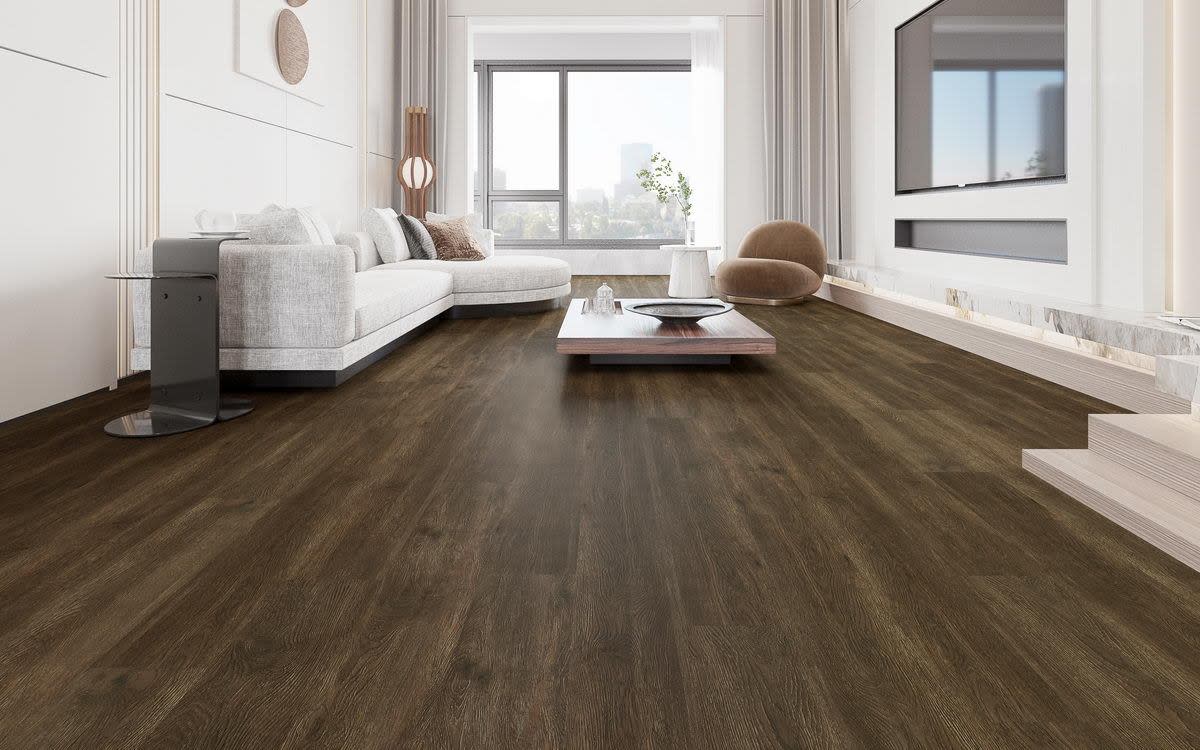Altiplano Design Insights
Exploring the beauty and creativity of design in everyday life.
Flooring Follies: Choosing the Right Dance Floor for Your Home
Discover the secret to the perfect dance floor! Transform your home with our top tips in Flooring Follies—don't miss out!
Top 5 Factors to Consider When Choosing a Dance Floor for Your Home
When selecting the perfect dance floor for your home, the material is one of the most crucial factors to consider. Various materials such as hardwood, laminate, and vinyl each offer distinct advantages. Hardwood floors provide a natural bounce and are often favored for traditional dance styles, while laminate options can be more affordable and easier to maintain. Additionally, vinyl dance floors are ideal for modern dance forms due to their durability and versatility. Assess your dance style and choose a material that complements it to enhance your dancing experience.
Another essential factor is the size of your dance floor. The area you have available will influence not only the dimensions of the floor but also the type of dances you can perform. For beginners, a smaller space may suffice for practicing basic steps, but as skills advance, a larger area becomes necessary for elaborate routines and movements. Aim for at least 12x12 feet for solo dance routines, while couples should consider even more room to express their style comfortably.

Hardwood vs. Vinyl: Which Dance Floor Material is Right for You?
When it comes to choosing the right dance floor material, two popular options emerge: hardwood and vinyl. Hardwood floors are often favored for their natural beauty and durability, providing a classic aesthetic that enhances any dance space. They offer excellent shock absorption, reducing the risk of injuries during high-impact movements. However, hardwood can be costly and requires ongoing maintenance to keep it looking its best. In contrast, vinyl dance floors are known for their affordability and ease of installation. They come in a variety of designs, mimicking the appearance of hardwood without the hefty price tag, making them a great choice for budget-conscious dancers.
Ultimately, the decision between hardwood and vinyl should be based on your specific needs and preferences. If you prioritize aesthetics and long-term investment, hardwood might be the ideal choice. However, if you’re looking for versatility and lower maintenance, vinyl could be the perfect fit. Considerations such as dance style, foot traffic, and the overall vibe of your space will also play roles in your decision. Whichever material you choose, ensuring a suitable dance floor can enhance your experience and performance.
How to Create a Dance-Friendly Space in Your Home: Tips and Tricks
Creating a dance-friendly space in your home can transform any room into a vibrant area where you can express yourself through movement. Start by choosing an appropriate space that has enough room for dancing. Ideally, it should have a smooth, non-slippery floor to prevent injuries. Consider clearing out any unnecessary furniture or items that might obstruct your movements. To enhance your experience, add mirrors to one wall, as they allow you to check your form and improve your technique while dancing.
Next, think about the lighting and sound in your dance space. Natural light can boost your mood, so if possible, choose a room with windows. For evening sessions, install adjustable lighting or consider using colored LED lights to set the right ambiance. A good sound system is essential to keep you motivated; invest in quality speakers to fill the room with music. Finally, personalize your space with motivational quotes or artwork that inspires you, creating an environment that encourages creativity and joy in your dance practice.